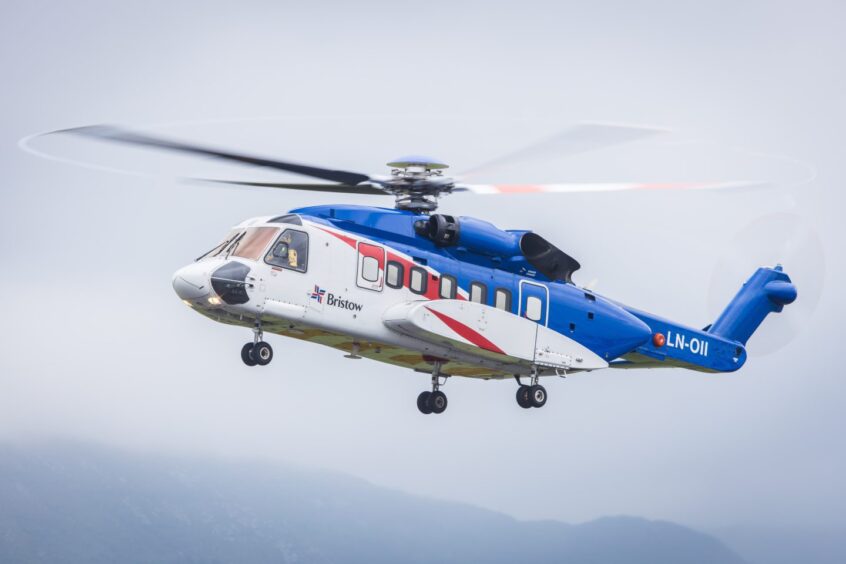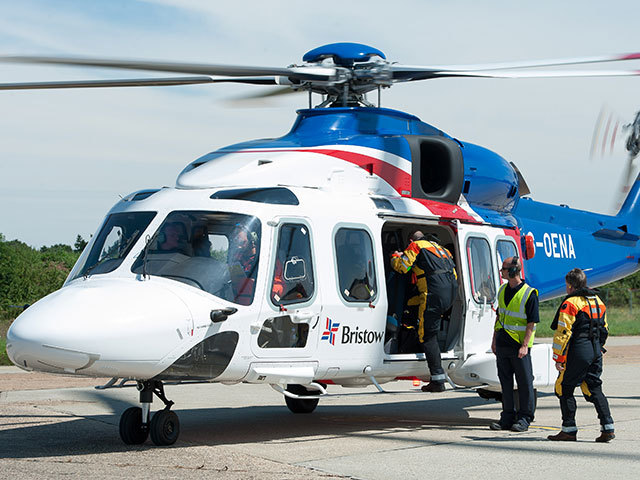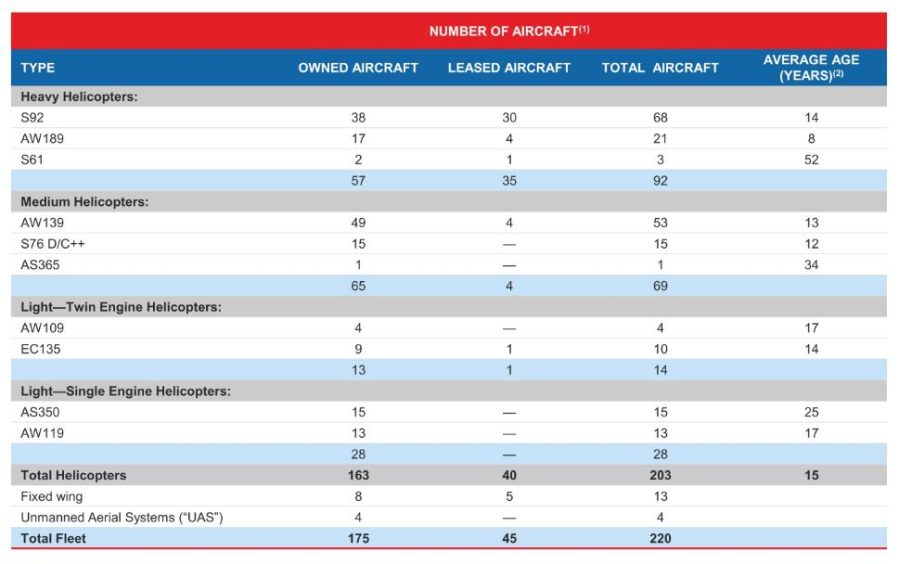
Bristow bosses said supply chain issues affecting the Sikorsky S-92 airframe are likely to endure at least until the end of the year.
Speaking to analysts following the publication of the company’s annual results last week, president and CEO Chris Bradshaw said “extended delays” in sourcing components showed no signs of letting up.
It follows warnings from oil and gas trade representatives last year that the shortage poses “significant safety and operational risks” to operations.
Last quarter Mr Bradshaw said Bristow (NYSE:VTOL) was already sourcing parts from other aircraft in order to keep contracted S-92s flying. It comes as a lack of parts such as gearboxes affects operators industry-wide as demand for services picks up, causing particular challenges in areas like the UK North Sea.
“As we have discussed in recent earnings calls the supply and demand balance for offshore-configured heavy and super medium helicopters has become quite tight with limited available capacity,” Mr Bradshaw said last week.
“There are roughly 200 offshore configured S-92 helicopters in the market today. Partly due to a number of these airframes being unserviceable as they await critical parts due to persistent supply chain challenges, the global S-92 fleet is at or near full effective utilisation levels.”
Meanwhile with roughly 40 each of the AW189 and Bell H175 used in the global offshore market today, both models are “at or near full utilisation levels” as well, he said.
‘Extended delays’ to continue
Questioned on whether he saw any change to the situation, Mr Bradshaw added: “The helicopter industry as a whole continues to be challenged by supply chain issues, that’s relevant for many of the models.
“A lot of critical components such as windshields might be common across models…but as referenced it’s really the supply chain situation which has been a persistent one for the S-92 which has been the most acute challenge.
“We’re still seeing very extended delays in the delivery of parts and repairs for the S-92 and we expect based on the latest information that’s available to us that those delays will continue at least until the end of this calendar year.”
There are 68 owned and leased S-92s in the company’s fleet, according to company data, representing just under one-third of its total aircraft.
Norway crash impact
The company also used the call to express its condolences following a fatal S-92 crash in Norway days earlier. 61-year-old Equinor nurse Reidun Hestetun was one of six people on board the Bristow SAR helicopter when it crashed near the island of Sotra during a training exercise.
Flights using the airframe were briefly suspended in the UK and Norway, though resumed later the same week, with regulators confident there are “no indications” helicopter safety across the wider sector is compromised.
Asked as to the effects of the crash on the company, Mr Bradshaw said the “most material impact” was the loss of life and that Bristow was relieved the rest of crew were recovering and improving.
“Our priority is to continue to support our crew, provide their families with the resources they need and our whole team in Norway as they recover from this tragic accident.
“There really is not a material financial impact to the company related to the accident,” he added.
An investigation into the incident is ongoing, though preliminary findings show the aircraft’s emergency floating batons did not deploy during the incident.
Future lies in AW189
In the meantime, the group is looking increasingly to new AW189 models to loosen pressure on the heavier model.
In February it announced deal with manufacturer Leonardo for 10 AW189 airframes, plus options to purchase a further ten, to be used for both offshore transport as well as search and rescue.
Mr Bradshaw said the 189 offers greater efficiency benefits undertaking missions historically performed by heavier models, mainly through lower fuel use at a more compelling price point.
The company reported a net loss of $6.8m in its full-year results, on operating revenues of $1.3 billion.
Recommended for you

 © Bristow
© Bristow